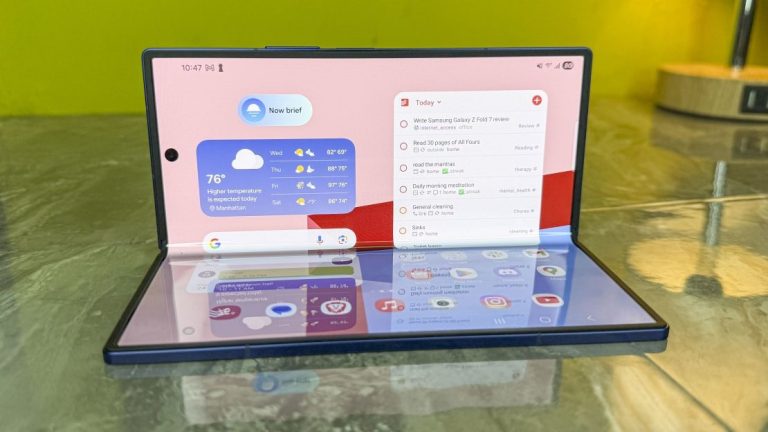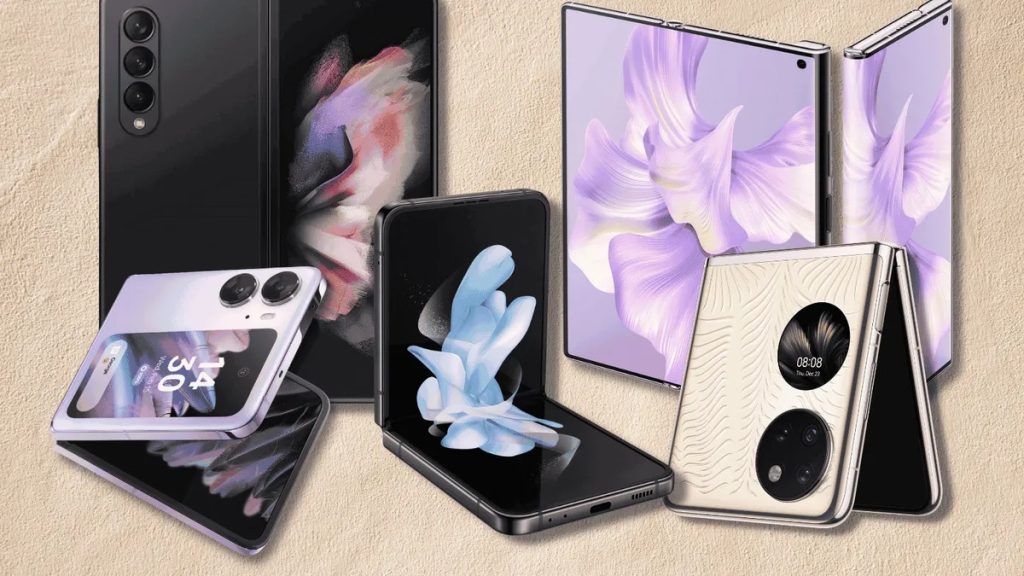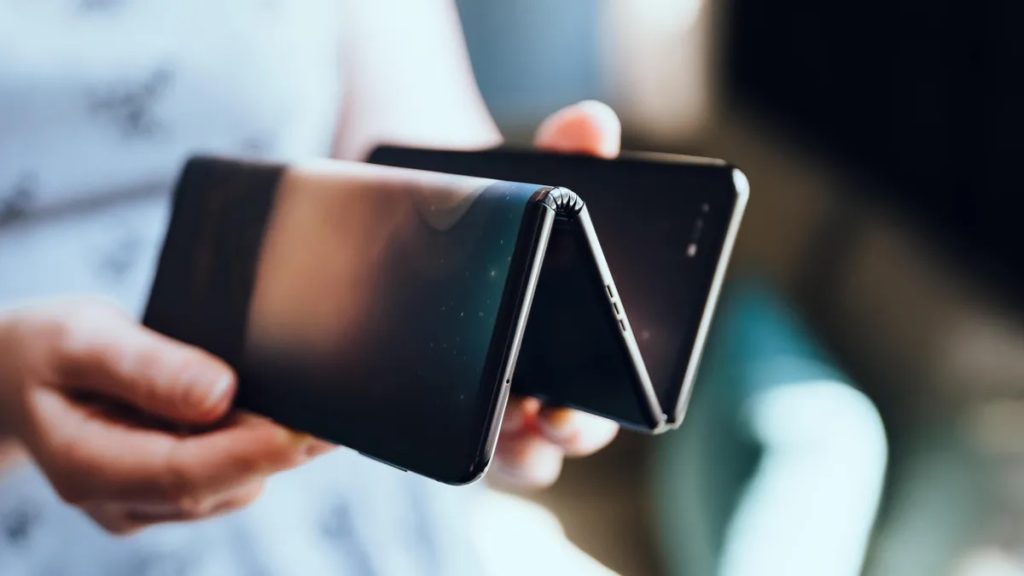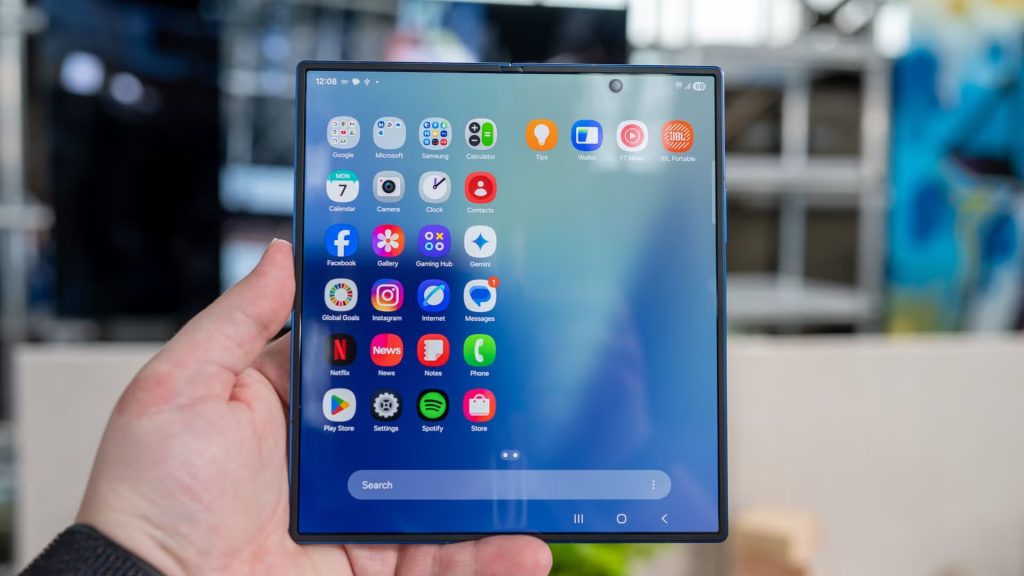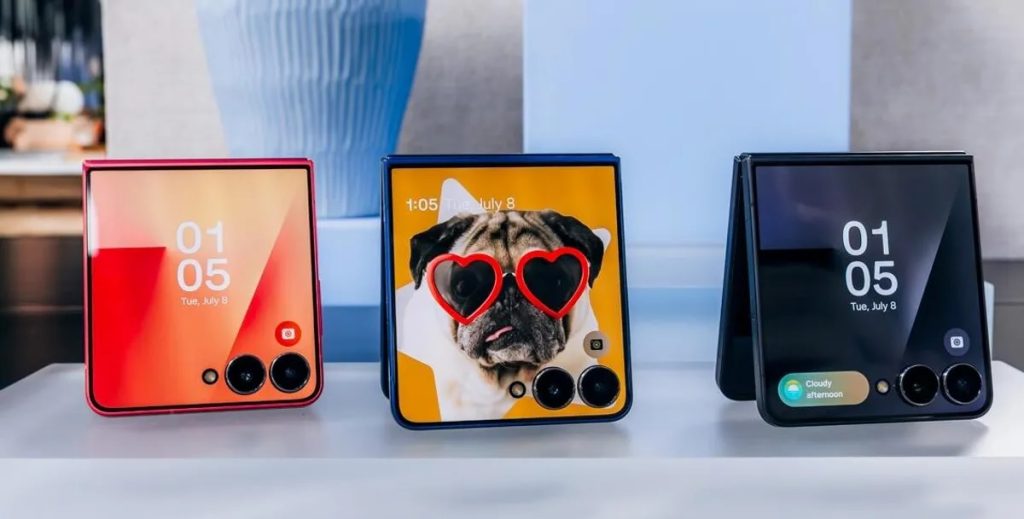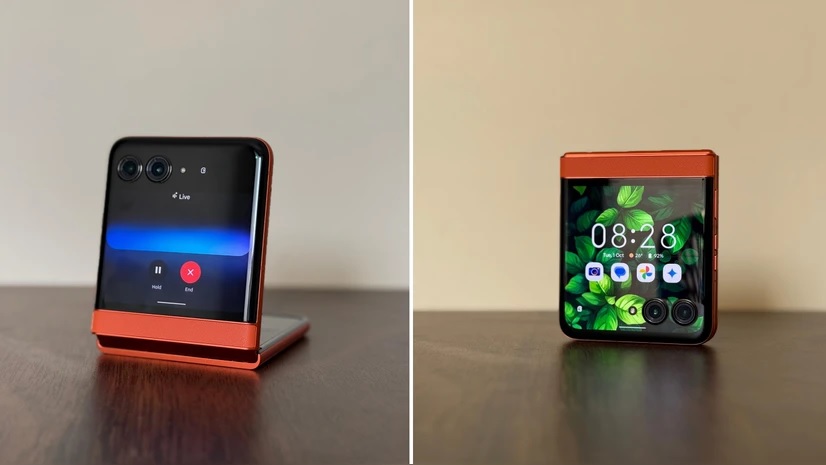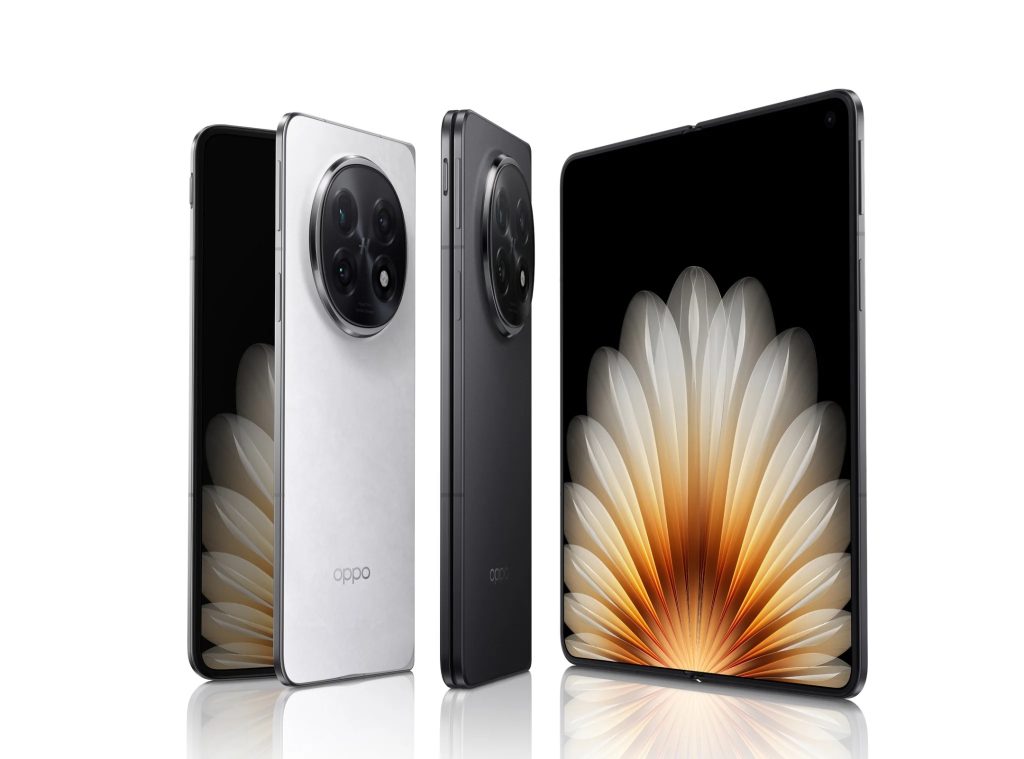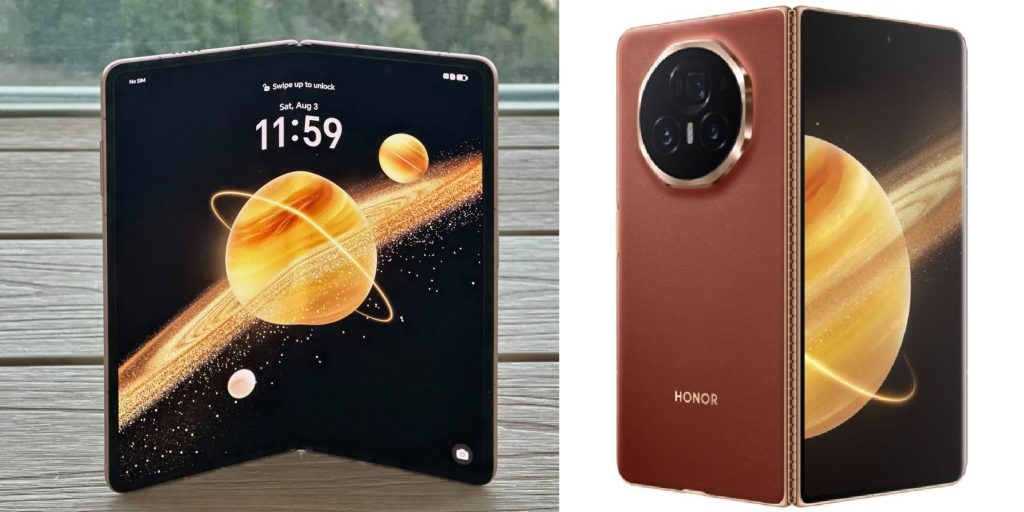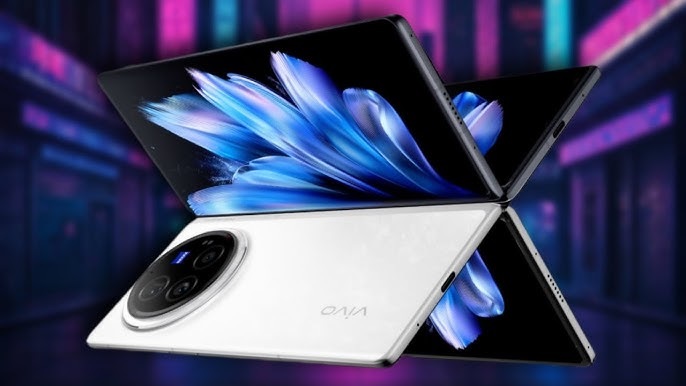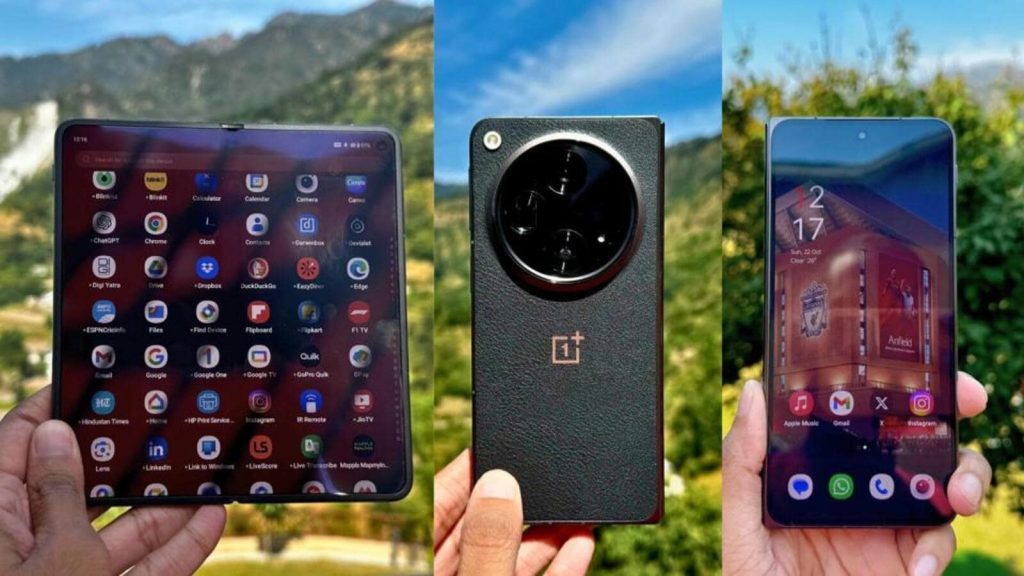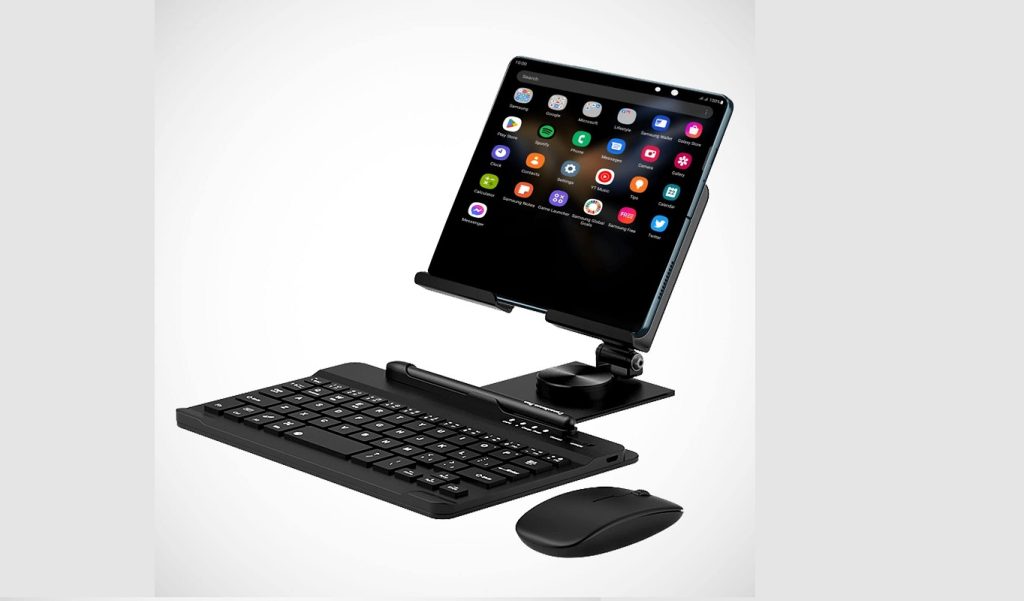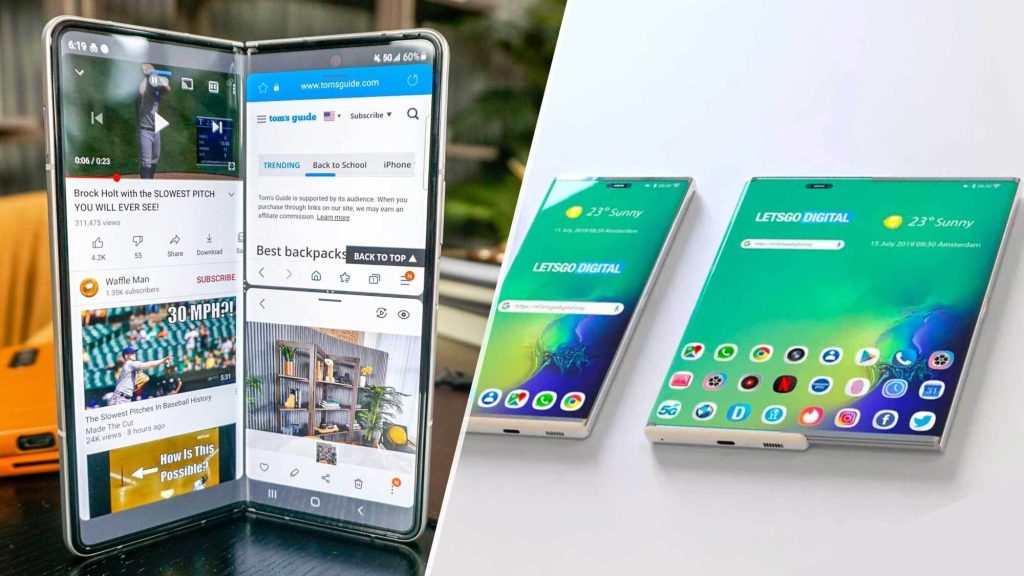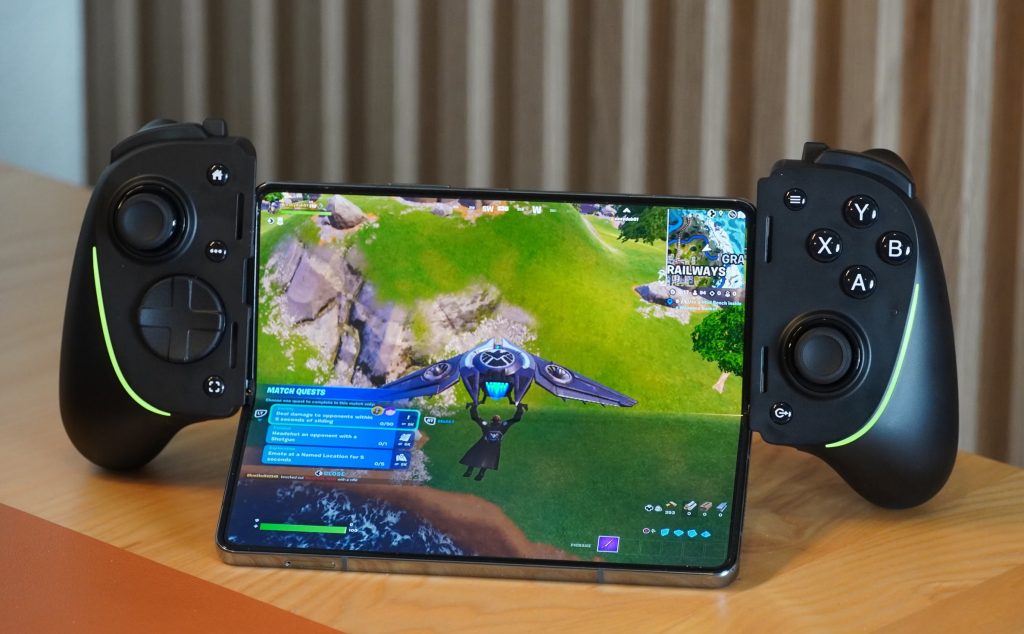Welcome to the foldable and rollable phone revolution
Welcome, mobile innovators, tech tinkerers, and slightly old-school skeptics! Meet 2025, the year when pocket-sized origami became the new phone fashion. The age of the foldable and rollable display is finally here, and this time it’s not just for early adopters or CEOs showing off in airport lounges.
What was once a futuristic prototype on a neon-lit stage is now a mainstream must-have. These devices blend daring industrial design, robust hardware, battery stamina, AI smarts, and a sprinkle of celebrity glamor to create a new class of smartphone: the foldable and the rollable. If your 2019 self saw these, they would probably call them sci-fi. In 2025, they are productivity boosters, style statements, and everyday workhorses.
The foldable and rollable phone revolution in 2025
Major phone makers like Samsung, Motorola, Google, Honor, Oppo, Vivo, and even OnePlus are competing not only in performance and price, but in how elegantly and reliably their devices fold, flip, or roll like OLED origami. Flip it, book it, roll it out, or open it wide: these devices are rewriting the smartphone playbook in ways that are practical, stylish, and, let’s admit, kind of magical.
Why do these radical marvels matter? Because in a world where phones rarely surprise, foldables are fun. They are functional, flexible, and finally flagship-grade. And rollables are the future: attracting a cult following, while still ironing out durability and pricing challenges.
Why 2025 is the year foldables and rollables went mainstream
Tech fads often burn bright and fade out (hello, 3D phones and modular handsets), but foldable and rollable phones have cracked the code for durability, usability, and wow factor. Their surge in popularity in 2025 is the result of technological leaps and genuine user benefits:
- Display innovation: OLED and AMOLED panels are brighter, crease-resistant, and more durable, with folds and rolls often barely visible.
- Durability: Aerospace-grade hinges, reinforced flexible glass, titanium frames, and IP ratings mean fewer worries about everyday use.
- AI features: Multimodal AI powers scene-detecting cameras, live transcription, and smart multitasking.
- Ecosystem perks: Seamless pairing with wearables, tablets, and smart accessories.
- Prestige factor: Rolling or unfolding your phone in public is the new “power move.”
What makes a great foldable or rollable phone in 2025?
Not every bendy device is worth the investment. A premium foldable or rollable should check these boxes:
- Hinge durability: Rated for hundreds of thousands of folds, with minimal squeaks or looseness.
- High-quality OLED/AMOLED panels: Both main and cover displays that are sharp, bright, and smooth.
- Pro-grade cameras: Multi-lens arrays with AI-powered modes, night photography, and high-resolution video.
- Slim design: Top models are nearly as slim as traditional flagships.
- Battery life: 4,000mAh minimum, 5,000mAh or more on premium models.
- Multitasking-ready software: Split screen, floating windows, drag-and-drop functionality.
- Competitive pricing: From affordable flips to luxury foldables with premium materials.
Tech essentials for foldables and rollables
- Hinges rated for 400k–600k cycles
- Flexible glass with reduced creases
- OLED/AMOLED displays with 90–165Hz refresh rates
- Main plus cover screens with full app support
- Flagship chipsets (Snapdragon 8 Gen 3, Tensor G4, Exynos 2500)
- Advanced camera arrays with AI enhancements
- All-day battery with wired/wireless fast charging
- Productivity-focused software and stylus support
The best foldable and rollable phones of 2025: Reviews
Samsung Galaxy Z Fold 7: The U.S. flagship king
The Galaxy Z Fold 7 is slimmer and lighter than ever, with a hinge that closes nearly flat and is tested for extreme durability.
Key features:
- 8.2-inch Dynamic AMOLED 2X, 120Hz
- 200MP rear camera with Samsung’s AI photo engine
- Snapdragon 8 Gen 3, 16GB RAM, up to 1TB storage
- Around 5000mAh battery, fast wireless charging
- Water-resistant with reinforced flexible glass
Why it wins:
- Multitasking: Run up to three apps at once with smooth resizing
- DeX mode: Pocket PC functionality with monitor and keyboard
- Accessory support: S Pen, Galaxy Buds, and Watch pairing
- Extended OS and security updates for long-term use
Samsung Galaxy Z Flip 7: The stylish compact flip
The Galaxy Z Flip 7 is a crowd favorite for its balance of style and power.
- 6.9-inch OLED main display with edge-to-edge 4.1-inch cover screen
- Snapdragon 8 Gen 3 or Exynos 2500, up to 12GB RAM
- Around 3800mAh battery with fast/wireless charging
- Durable Armor Aluminum frame and reinforced glass
- FlexCam mode for selfies, vlogs, and hands-free video
Motorola Razr Ultra 2025 and Razr (2025): Retro cool, redefined
The Razr Ultra 2025 combines nostalgia with modern hardware, while the base Razr (2025) is the most affordable flip option.
- 6.9-inch OLED main display, 4-inch high-refresh cover display
- Snapdragon flagship chipset
- MotoAI: Predictive text, smart notifications, and voice controls
- Slim design with fashion-first appeal
- Base model starting around $699
Oppo Find N5: Elegance and premium performance
The Oppo Find N5 is a design icon, offering ultra-thin construction and luxury touches.
- 8.12-inch OLED main display, 2K resolution, 120Hz
- Snapdragon flagship chip, 512GB–1TB storage
- Hasselblad-tuned cameras with AI enhancements
- Aerospace-grade titanium hinge for longevity
- Elegant build, under 9mm when folded
Google Pixel 9 Pro Fold: The AI photography powerhouse
Google’s Pixel 9 Pro Fold stands out with Gemini AI and stellar photo tools.
- 8-inch foldable OLED, 120Hz
- Tensor G4, 16GB RAM, up to 512GB storage
- Triple-lens rear camera with AI scene detection
- 4650mAh all-day battery
- Clean Android multitasking
Why creators love it:
- AI photo edits in seconds
- Seamless note-taking and productivity tools
- Reliable all-day battery with fast charging
Honor Magic V3: The thinnest foldable yet
At just around 4.4mm when unfolded, the Honor Magic V3 sets records for portability.
- 7.92-inch AMOLED main screen, 6.43-inch cover display
- Snapdragon 8 Gen 3, 16GB RAM, up to 1TB storage
- Dual 50MP rear cameras with AI video
- Around 5150mAh battery
Vivo X Fold 5 and Vivo X Fold 3 Pro: Battery champs
The Vivo X Fold 5 and X Fold 3 Pro are designed for endurance.
- Over 5000mAh batteries, 120W fast charging
- Zeiss-branded cameras with vivid colors
- Ultra-bright AMOLED displays
OnePlus Open: Affordable innovation
The OnePlus Open remains a favorite for foldable first-timers.
- Multitasking software with split-screen mastery
- Sturdy hinge design and balanced weight
- Affordable pricing compared to luxury foldables
Rollable phones: The next frontier
Rollables are the mystery box of smartphones, compact when you want, expansive when you need.
- Moto Rollable Concept: Rolls upward for extra screen space
- Samsung Rollable (rumored): Extends from 6.9 to 8.5 inches, expected late 2025 or 2026
Challenges:
- Durability testing still ongoing
- High launch prices ($2000+)
- Limited app optimization
The foldable ecosystem: Hardware, software, and accessories
- Displays: Flexible glass is more robust, with reduced creases
- Software: Samsung DeX, Oppo Canvas, Google multitasking modes
- Accessories:
- Stylus pens (S Pen, Oppo Pencil)
- Kickstand cases with stylus slots
- Wireless keyboards and portable stands
- Fast wireless chargers and power banks
- Stylus pens (S Pen, Oppo Pencil)
Foldable phone buying guide: How to choose in 2025
Choosing your foldable or rollable sidekick doesn’t have to be overwhelming. If you are searching for the best foldable phone 2025 has to offer, the right choice depends on your lifestyle, budget, and feature priorities. Here’s what to look for:
Key deciding factors:
- Display: Size, resolution, and cover screen usability. A true foldable smartphone should offer both a big immersive main display and a practical outer screen.
- Durability: Hinge design, folding display technology, IP rating, and warranty coverage.
- Cameras: AI-powered photo modes, telephoto lenses, and 4K/8K video support.
- Software: Multitasking, split-screen, stylus support, and desktop modes like Samsung DeX or Oppo Canvas.
- Battery & charging: At least 4000mAh, with fast charging for all-day use.
- Comfort: Lighter builds (under 250g) and slimmer profiles (<9mm when folded) feel best in hand.
- Price & support: Foldables now range from $699 to $2,499, while the average rollable phone is expected to debut closer to $2,000. Always check warranty and trade-in options.
Quick picks by category:
- Best foldable phone 2025 overall: Samsung Galaxy Z Fold 7 (productivity beast).
- Best stylish compact: Motorola Razr Ultra 2025 (retro charm + cover screen).
- Best for photography: Google Pixel 9 Pro Fold (AI editing and stellar cameras).
- Most elegant: Honor Magic V3 (world’s thinnest foldable smartphone).
- Best design + performance mix: Oppo Find N5 (luxury with Hasselblad cameras).
- Best bargain: OnePlus Open (affordable foldable phone review winner).
Foldables vs rollables: The difference
- Foldables: Flexible screen folds via hinge, clamshell or book-style
- Rollables: Screens expand via motor, crease-free but newer tech
- Durability: Foldables proven, rollables improving
- Productivity: Foldables lead with multitasking
- Price: Foldables $699–$2,499, rollables debut around $2000+
- Availability: Foldables mainstream, rollables niche in 2025
Real-world user experiences in 2025
Users report:
- Productivity: Split-screen workflows are seamless
- Travel: Foldables double as travel cameras and mini-tablets
- Entertainment: Perfect for Netflix or mobile gaming
- Durability: Stronger hinges, less visible creases
- Battery: 4500–5200mAh makes all-day use practical
- Style: Foldables are now statement pieces
Foldables and rollables for business and creativity
- Business pros: Run calls, spreadsheets, and contracts at once
- Creators: Sketch, photo edit, vlog on big fold-out screens
- Remote workers: Foldables serve as mini-laptops with keyboards
- Executives: Use DeX or Canvas for desktop-like power anywhere
Foldable phones for gaming in 2025
Gaming on foldables is smoother than ever:
- Oppo Find N5: Expansive display for immersive play
- Galaxy Z Fold 7: Snapdragon 8 Gen 3 for lag-free gaming
- Honor Magic V3: Slim form and long battery for marathon sessions
Rollable phones: Outlook for 2026
Rollables face hurdles with durability, pricing, and app optimization, but progress is rapid. Expect Samsung, Oppo, and Motorola to release more durable rollables by 2026.
Frequently asked questions (FAQ)
Q: What is the best foldable phone in 2025?
A: The Samsung Galaxy Z Fold 7 dominates in the U.S., the Oppo Find N5 is praised for elegance, the Google Pixel 9 Pro Fold leads in AI photography, and the Honor Magic V3 is the thinnest foldable smartphone to date.
Q: Are foldables and rollables durable now?
A: Yes. Today’s foldables use advanced folding display technology tested for hundreds of thousands of folds. A rollable phone is less proven, but durability is improving rapidly.
Q: Is multitasking better on a foldable phone?
A: Absolutely. Every major foldable smartphone offers split-screen multitasking, drag-and-drop, and stylus support. Models like the Samsung Galaxy Z Fold 7 and Oppo Find N5 even offer desktop-style modes.
Q: What price range should I expect?
A: Foldables range from $699 for entry-level models like the Motorola Razr to $2,499 for premium devices like the Samsung Fold. A first-generation rollable phone will likely launch around $2,000+.
Q: Which foldable phone review is the most reliable?
A: If you are comparing models, look at real-world foldable phone reviews of the Motorola Razr Ultra 2025, Google Pixel 9 Pro Fold, and Honor Magic V3, as they represent different strengths: style, creativity, and slimness.
Q: What’s next for foldable and rollable phones?
A: Expect thinner designs, bigger batteries, and mainstream adoption of folding display technology. By 2026, rollables from Samsung, Oppo, and Motorola could rival the best foldable phone 2025 options.

